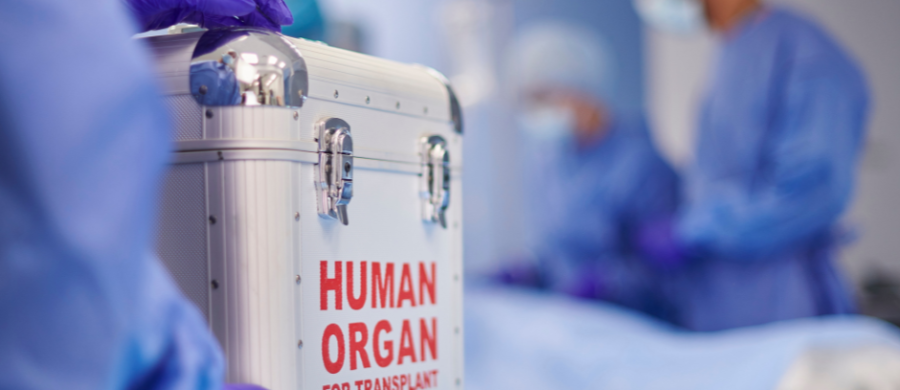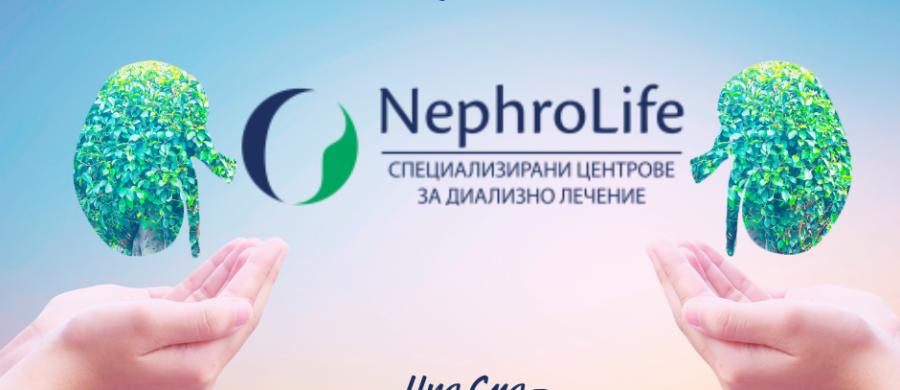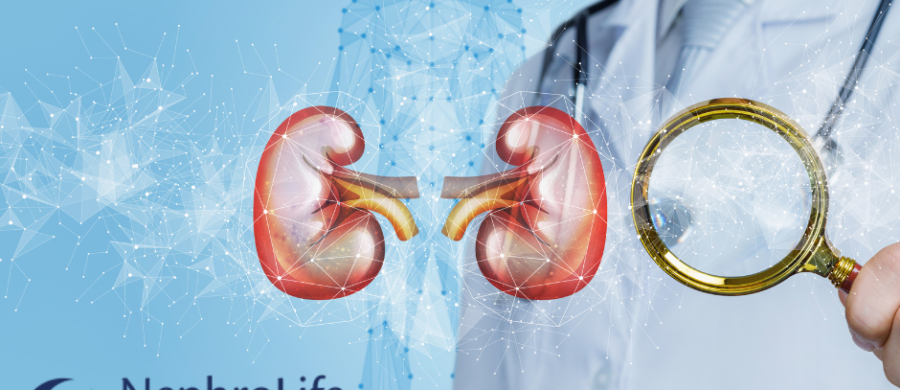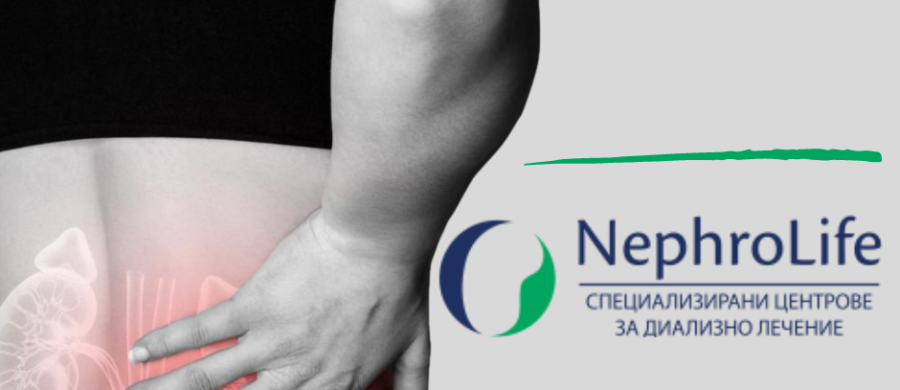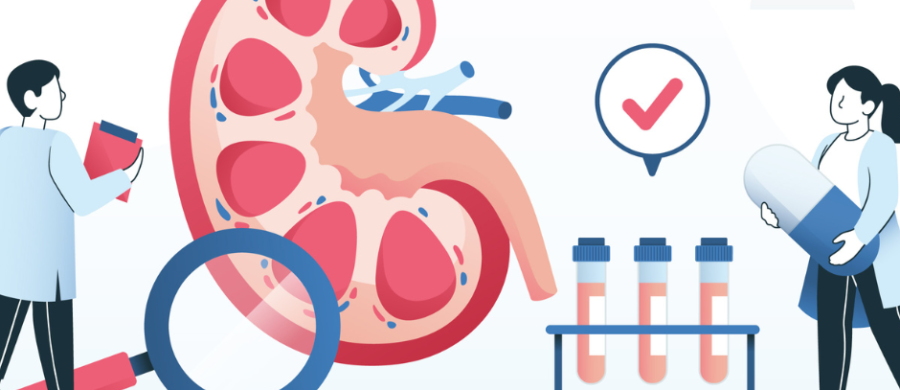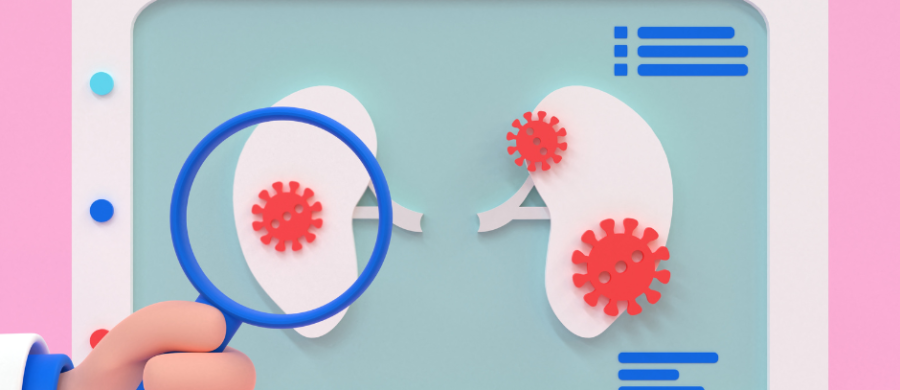Every patient who has started hemodialysis and after the initial emotional shock begins to hard and feverishly prepare for a kidney transplantation – the only possible way to “get his life back”.
Of course, it is very important to note that hemodialysis is often only a stopover for people with CKD on their way to being on the kidney transplantation waiting list, as well as the most important moment – the call that a donor situation has arisen and the patient with CKD is called in for a new organ transplant procedure.
However, how important is it to perform quality hemodialysis until the moment of transplantation?
We will dwell on this question in a little more detail…
Recently, Dr. Georgi Hristov, director of the Medical Oversight Executive Agency, stated that many of the potential kidney recipients who are on the waiting list are called for transplants, but, after tests, they are found to be in such deteriorated health state that they are declared unfit to receive a donor organ.
Perhaps this is also the reason why very few transplants are done in Bulgaria – less than 20 per year – one of the saddest statistics, which causes many people with CKD to become health emigrants.
But why is the level of hemodialysis in Bulgaria bad? The low price of the procedure, paid by the NHIF, the many services that are included under the umbrella of the dialysis procedure and that are not directly related to the healing process also detract from the amount that could otherwise be directed 100% to the essence of the procedure – many explanations , but one bottom line..
High-quality hemodialysis means one thing – a maximally preserved organism for the cherished moment of transplantation.
Good dialysis has several main pillars:
- Quality and especially NEW equipment of the highest class. We cannot help but mention the name of the leader in dialysis equipment – FRESENIUS. Every center equipped with new FRESENIUS devices is guaranteed to perform excellent dialysis.
- Consumables – once again FRESENIUS are on the front line – dialyzers from the brand, blood lines – grant the best possible and fine cleaning, maximally reduced blood loss, good physical condition after the procedure, etc.
- Medicines – when the patient is in the final phase of CKD, respectively undergoing dialysis treatment, his body does not produce the relevant substances and elements necessary to maintain good levels of hemoglobin, for normal levels of phosphorus, calcium, potassium, iron, etc. This requires many and expensive medications, which are part of the procedure, paid for by the NHIF, and are not at the patient’s expense.
However, many of the dialysis centers save on these drugs, at the expense of greater profit for the clinic.
Regular monthly examinations of patients, their physical condition are the best guarantee for the good work of the hemodialysis center.
This is the only way to control medication intake and maintain good levels of elements in the body.
- Staff – an extremely important component in the dialysis structure is the staff, in the form of experienced nurses and a doctor who does NOT leave the dialysis room for a single moment. In dialysis, the worst can happen in a minute – lines are severed, a catheter is pulled out, while the patient’s blood is literally outside their body as the machine filters it – these are just examples of extremely critical and potentially deadly situations. Which can only be mastered by an experienced nurse with a doctor by his side.
Contrary to the initial impression – everything happens extremely dynamically in dialysis, and only the experienced hands of the nurses can prevent it from ending tragically.
These are just a few points of support on the path of each patient’s choice to protect his right to the best treatment he deserves.
A good diet, strict control over fluid intake, regular monitoring by all kinds of specialists, especially a cardiologist, endocrinologist, pulmonologist, etc. pave the way for transplantation, which is the normal and logical conclusion of the problem called “end-stage CKD”.









